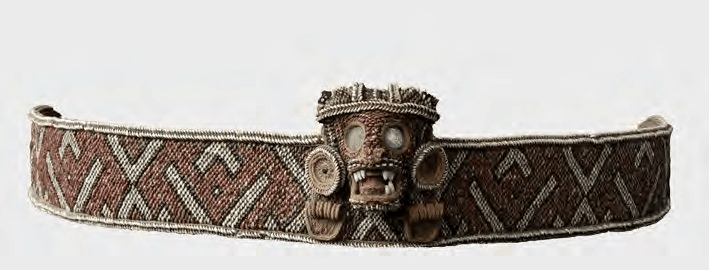Léon-François Hoffmann's chapter in Haitian Fiction Revisited, "The Indian Element in the Haitian Collective Consciousness" is an interesting essay on an important topic that is often overlooked or neglected. While the theme of the Indian in Spanish Caribbean literature and history has received a far more thorough treatment and analysis, the role of the indigenous past and its legacy in Haitian identity and literature is not often discussed. This, of course, is partly a reflection of the greater presence and legacy of the indigenous Caribbean in places like Cuba, Puerto Rico and the Dominican Republic. Nonetheless, as the first independent state in the Caribbean and one that revived the indigenous name for the island while also pioneering historical research into this indigenous past by 19th century Caribbean authors (Nau, for instance), Haiti deserves a second look in this topic.
Hoffmann's chapter endeavors to do this, mainly through an analysis of the function and character of the Indian theme in Haitian poetry, drama, fiction and, to a lesser extent, ethnology and history. Hoffmann's occasionally ironic commentary on some of the more extreme claims by Haitian authors of a Taino influence in Vodou or Haitian culture more broadly reflect his likely reasonable skepticism, particularly in the penchant of some Haitian authors to make these claims without presenting a shred of evidence. Nonetheless, he was not so dismissive in its entirety, merely pointing out some of the problematic assertions of Alexis, Maya Deren, and the fanciful or imaginative nature of claims of a Taino influence. One wishes he offered a more thorough analysis of Hermann Corvington's "historical vulgarizations" on the island's indigenous caciques, especially since those texts are so difficult to find today. However, he also found traces of the island's indigenous people in Haitian poetry that alluded to the use of zemis in Vodou, although this in itself does not mean Vodou practices were influenced by living Tainos. Still, the intriguing literary references show that the Haitian, including those from non-elite backgrounds, likely possessed some degree of interest in the island's precolonial inhabitants.
One wishes the author had also addressed the claim by some Haitian authors to Indian ancestry a little more deeply. Madiou, Comhaire-Sylvain, and others, for example, seem worthy of mention and some attempt at historical analysis to understand how and why identification as "Indian" appealed to some Haitians, too. The political implications of specific uses of the "Indian" theme in Haitian literature and politics may also be worthy of deeper study. Especially, in 1983, the Duvalier regime's attempt to create an Indian-themed national holiday and to commemorate that legacy with a statue to the Unknown Indian in the capital. Yet, a few years later, when the Duvalier regime fell, the statue honoring the Indian was also toppled alongside that of Columbus. Was the Duvalier dictatorship's attempt to capitalize on the island's Indian past and legacy a move to gain legitimacy and establish its legitimacy, which was under challenge and then rejected by the masses of Port-au-Prince? And were moments of parallelism and identification with Indians particularly their tragic history, linked to the US Occupation of Haiti and other moments when a Haitian government was perceived as too eager to serve imperialist interests? There is a lot to consider here, and perhaps, one day, the "Indian" them will be revisited in a similar broad context.

No comments:
Post a Comment